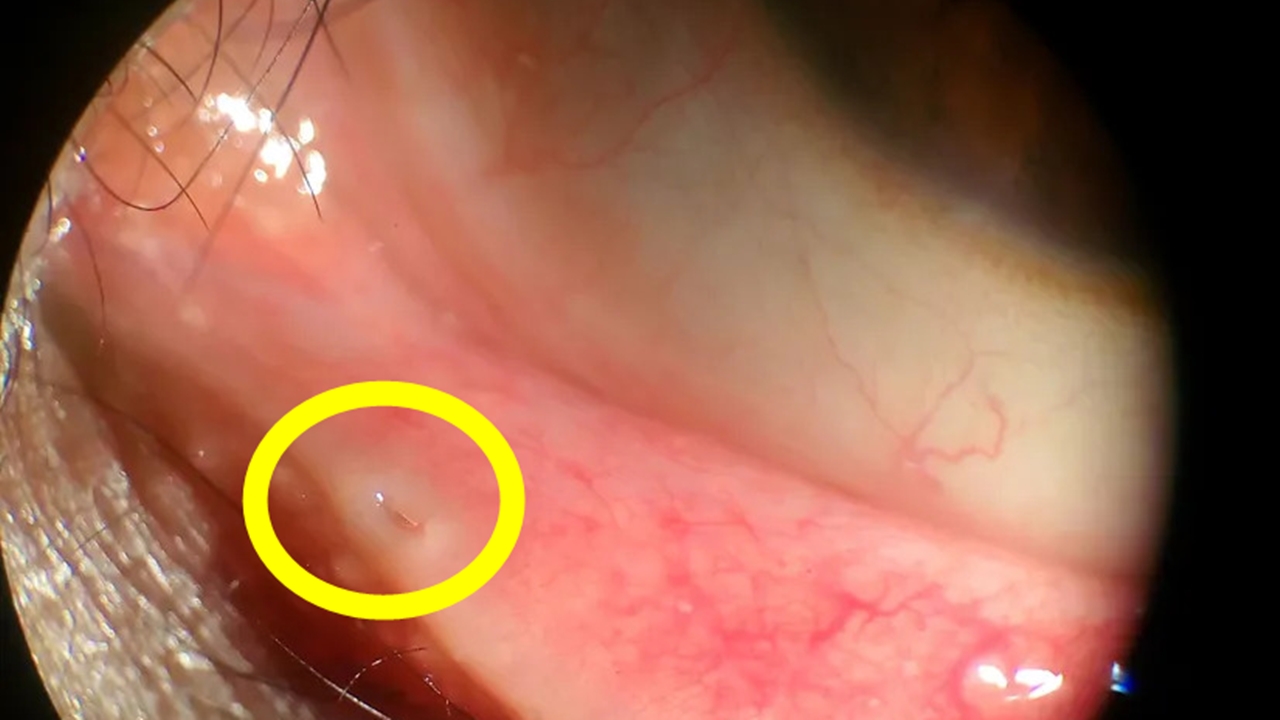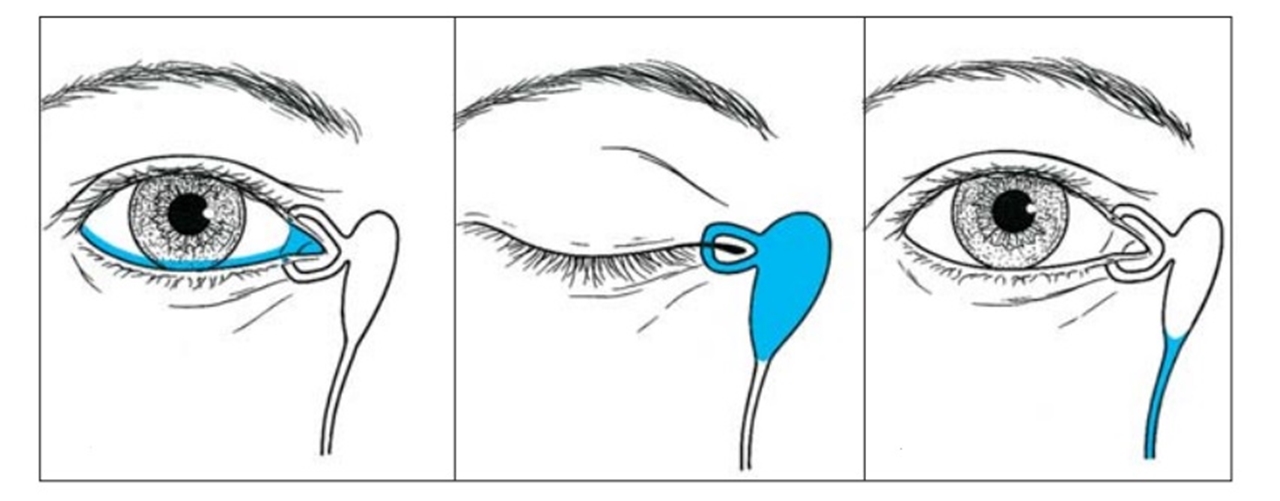You will notice a small hole when you stretch the lower or upper part of your eyelid a little and look around your eye spring. This hole, which you probably did not realize before, has a function that you will be quite surprised.
lacrimal opening This anatomical structure, called the lacrimal papilla, is a canal in the tissue protrusion of the eye and is connected to a canal called the lacrimal duct. “Lacrimal” meaning “related to tears” does indeed have a meaning-related function.
Usually for the purpose of “secreting tears” although it seems The structure that performs this function is actually the “tear fountain” and its location is located in the inner part of the eye, which is closer to the nose.
The task of these holes is to ensure that the secreted tears are reabsorbed.
These channels open into a structure called the lacrimal sac. The walls of these two buildings from elastic tissue It is formed and surrounded by fibers that make up the lacrimal parts of the orbicularis muscles, also known as the Horner muscle.
The length of the first part of the channels is 2 millimeters. Then comes a slightly wider part called the ampulla, this part is located at the bottom of the lacrimal canals.

The channels then continue horizontally for another 8 millimeters, and the channels of the lower and upper eyelids merge. to a single channel they transform. Consisting of the junction of two channels, this channel pierces the periorbital structure surrounding the lacrimal sac and enters from the lateral part of the sac. The angle of entry of this channel into the pouch acts as a physiological valve cover and prevents the backflow of tears.
The main reason your nose runs when you cry is related to these holes and channels.

The lacrimal opening flexes or contracts depending on the action of the orbicularis muscles. Tears are transferred to this opening with the effect of gravity. Thus, tears are sent to the nasal cavity through the Hasner valve. too many tears, because it restricts vision These holes and channels are thought to provide an evolutionary advantage.
Bonus: İlker Yılmaz, who used this channel and hole to squirt milk from his eye, was included in the Guinness Book of Records.
Sources: 1, 2
RELATED NEWS
